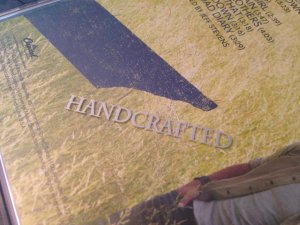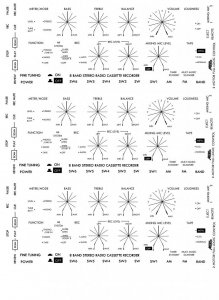Original lettering was done using a silkscreening process. This is the best since it's actual paint and lasts as well as paint typically does.
But unless you plan to print hundreds of them, it's not practical from a restoration point of view. The dry transfers that I've used on my projects require burnishing. That means that they are pressure sensitive and you use a tool that looks like a tiny spoon to rub over the transfer and the pressure causes the lettering to stick. I would say minute surface texture makes the lettering stick better than smooth as glass. Also, you get 1 shot to do it right. If you lift and find that a chunk did not release because you didn't burnish it well enough, then it's probably not possible to "fix" it and make it look perfect like it would if it was burnished 100% before releasing the transfer sheet. That's not to say that you can't stop as soon as you notice the lettering lift and try burnishing again, but all I'm saying is better to be 100% sure that the transfers "took" before lifting the backing sheet. For best durability, you should paint the entire surface with clear to protect the newly labeled surface. If you do that, the lettering will have excellent wear characteristics. Some instructions suggest to paint the area with the lettering with a material applied like fingernail polish but if you do spot coating like that, the overall finish will never be even and the surface texture will be different. In my opinion, clear coat the entire area for best appearance.







